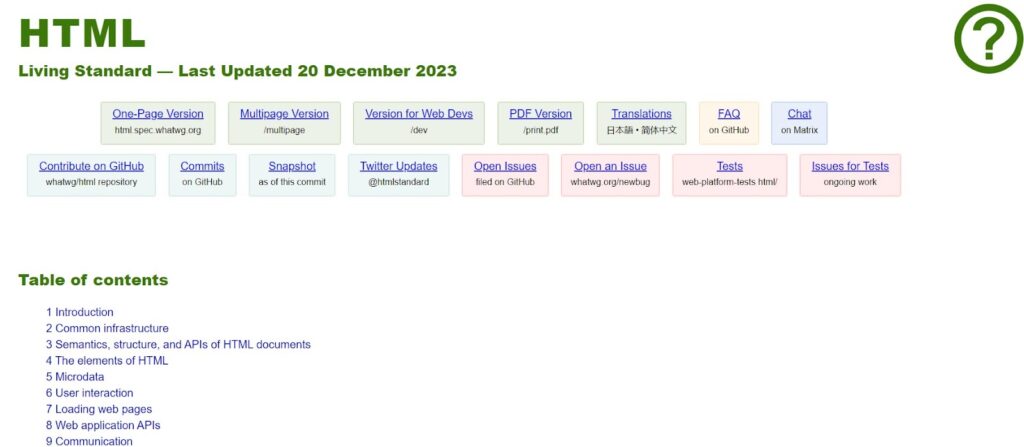
As mentioned above, Hypertext Markup Language isn’t a programming tool but a markup language for structuring content on the web. This means that HTML doesn’t involve algorithms in the traditional sense because it doesn’t perform computations or logic like programming languages do.
